North Korea fires intercontinental missile capable of reaching US mainland
South Korea and Japan say they suspect that North Korea fired a long-range missile on Friday designed to strike the mainland US, a day after Pyongyang warned of “fiercer” military response to the United States.
The South's Joint Chiefs of Staff said it had "detected a presumed long-range ballistic missile around 10:15 (0115 GMT) fired from the Sunan area in Pyongyang towards the East Sea," referring to the body of water also known as the Sea of Japan.
Japan's Prime Minister Fumio Kishida said the suspected intercontinental ballistic missile (ICBM) was believed to have fallen in waters within the country's exclusive economic zone (EEZ) off the northern region of Hokkaido.
"The ballistic missile launched by North Korea is believed to have landed in our EEZ west of Hokkaido," Kishida said on the sidelines of a Bangkok summit, noting that there were no reports of damage to ships or aircraft.
Japan's defense minister, Yasukazu Hamada said the missile had sufficient range to reach the United States' mainland.
The launch came a day after North Korea fired a short-range ballistic missile as Foreign Minister Choe Son Hui warned that Pyongyang would take "fiercer" military action if the US further enhanced its "extended" military aid to the regional allies.
Pyongyang’s missile launches have come in response to Washington’s massive land, naval and aerial war games, along with South Korean and Japanese forces in the region – measures that North Korea regards as practice drills to invade the country.
US President Joe Biden discussed North Korea's recent missile tests with his Chinese counterpart Xi Jinping earlier this week and also held talks with Japanese and South Korean leaders amid fears that Pyongyang will soon implement its plan to conduct its seventh nuclear test.
North Korea was also top of the agenda when Chinese and Japanese leaders held their first face-to-face talks in three years on Thursday at the Asia-Pacific Economic Cooperation (APEC) forum in Bangkok.
Experts believe that the Friday launch of one of North Korea's most powerful weapons is a clear sign that its leader Kim Jong-un is not pleased by the recent talks.
Earlier this month, North Korea conducted a flurry of launches, including an ICBM. It also fired a short-range ballistic missile that crossed the de-facto maritime border between the two countries and landed near the South's territorial waters for the first time since the end of the Korean War in 1953.
South Korean president claimed at the time that the launch was "effectively a territorial invasion."
Both launches were part of a November 2 barrage in which Pyongyang fired 23 missiles -- more than it launched during the entirety of 2017, the year of "fire and fury" when Kim traded barbs with then US president Donald Trump on Twitter and in state media before mending ties and holding face-to-face talks.
Washington and Seoul have markedly stepped up their muscle-flexing near the North's maritime border and airspace.
North Korea maintains that it will not tolerate US-led war games in the region, vowing to continue responding with its own drills.
VIDEO | Press TV's news headlines
Dozens killed, over 100 injured in fire at Swiss ski resort bar
VIDEO | Gen. Soleimani martyrdom anniv. inspires cultural tributes
VIDEO | Israel continues large-scale demolitions in Nur Shams camp
Russia delivers evidence to US of Ukrainian drone strike on Putin's residence
MSF slams Israeli actions, baseless allegations
Hamas slams Israel for pursuing 'Judaization' agenda in occupied West Bank
President: Iran will stand firm against threats, continue path of martyrs


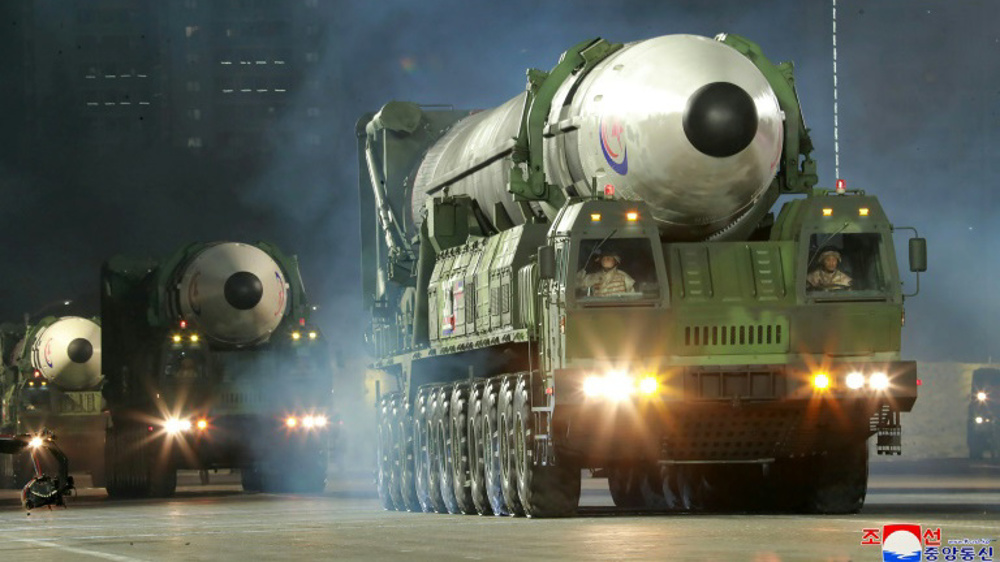
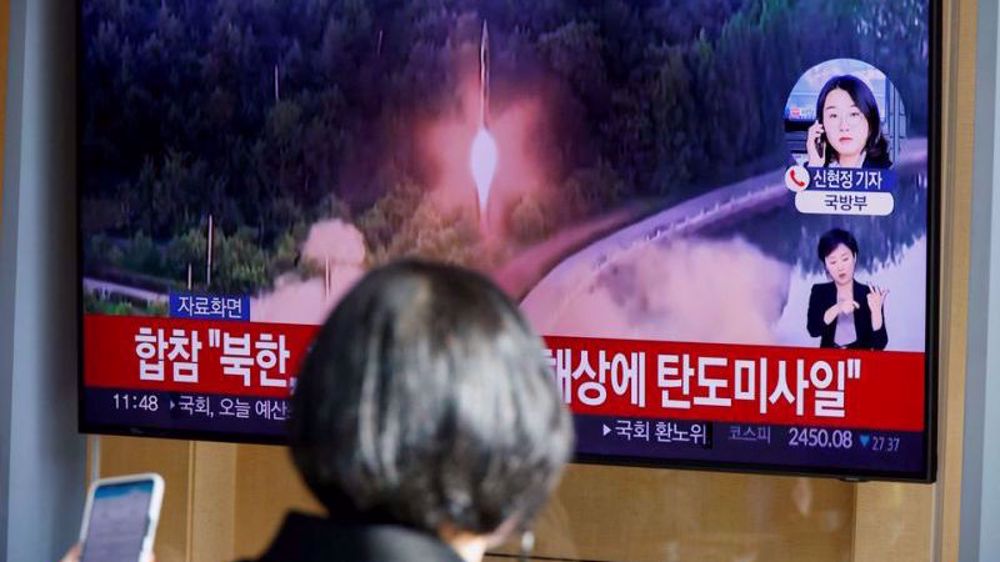
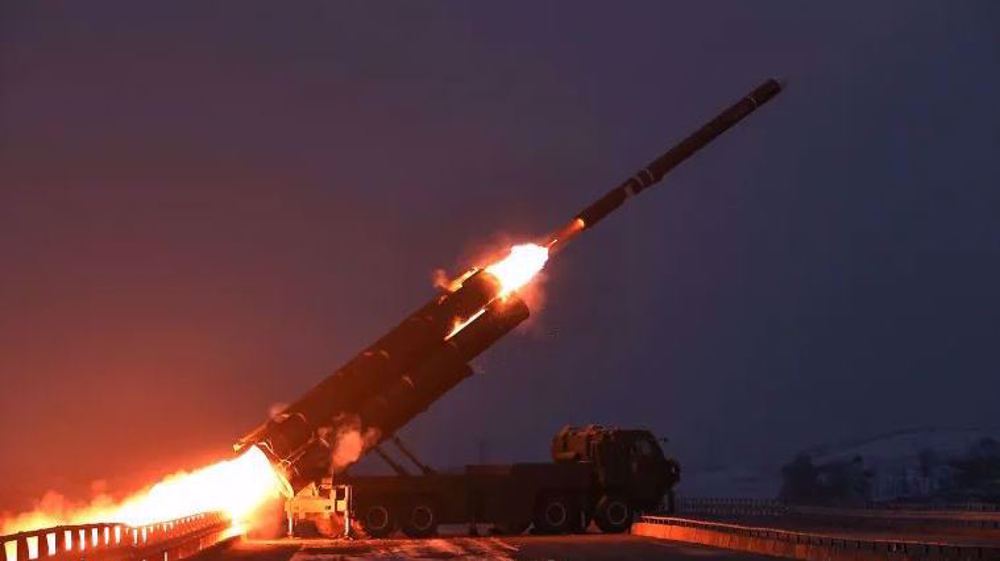
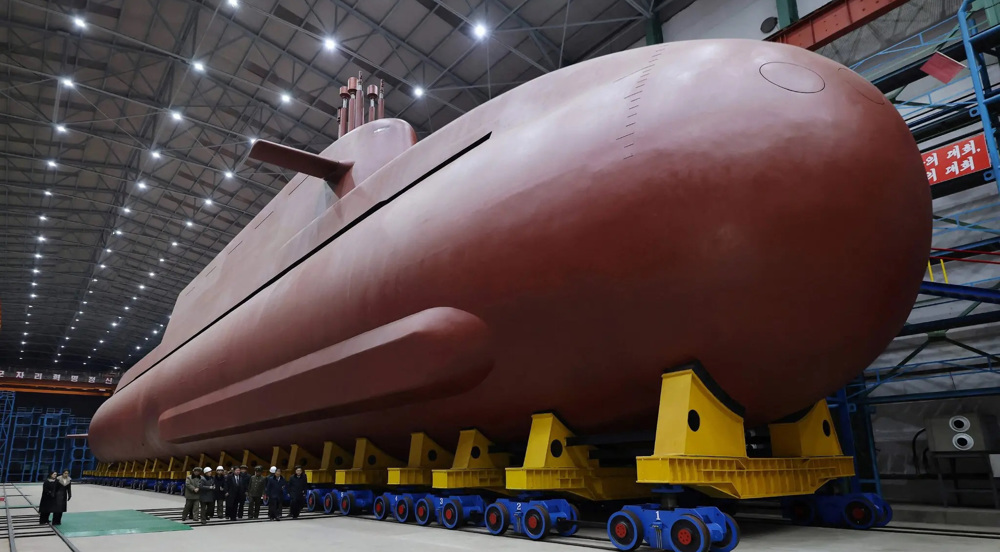




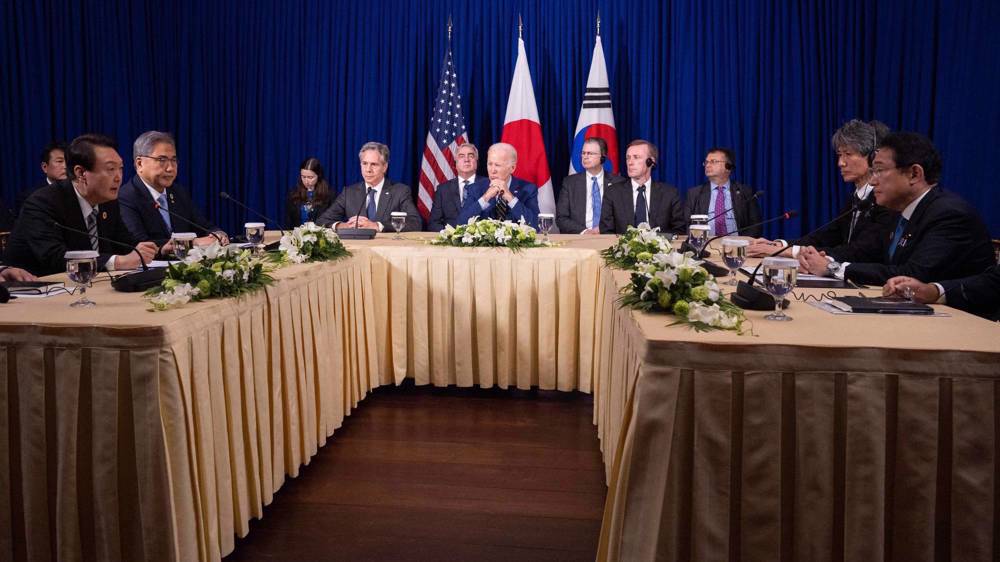
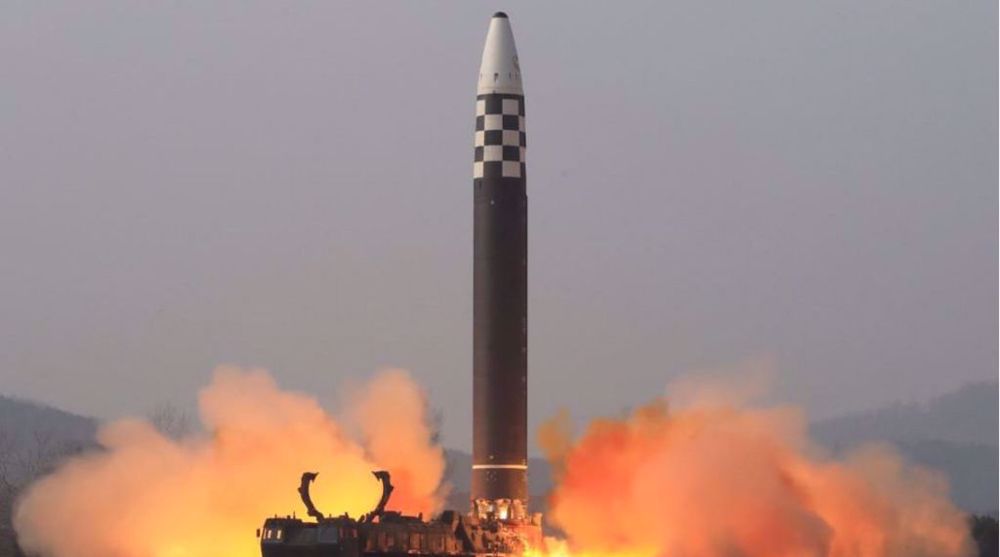
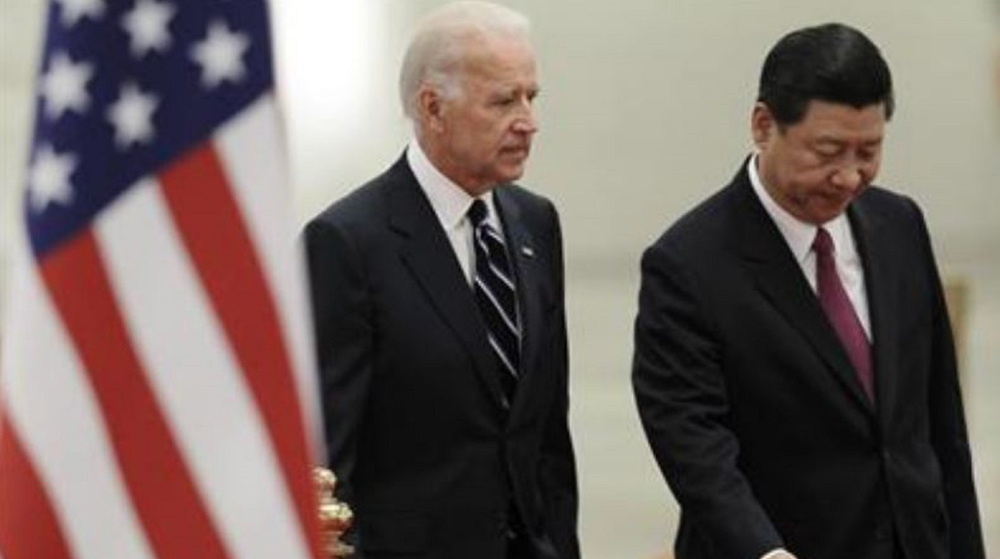

 This makes it easy to access the Press TV website
This makes it easy to access the Press TV website